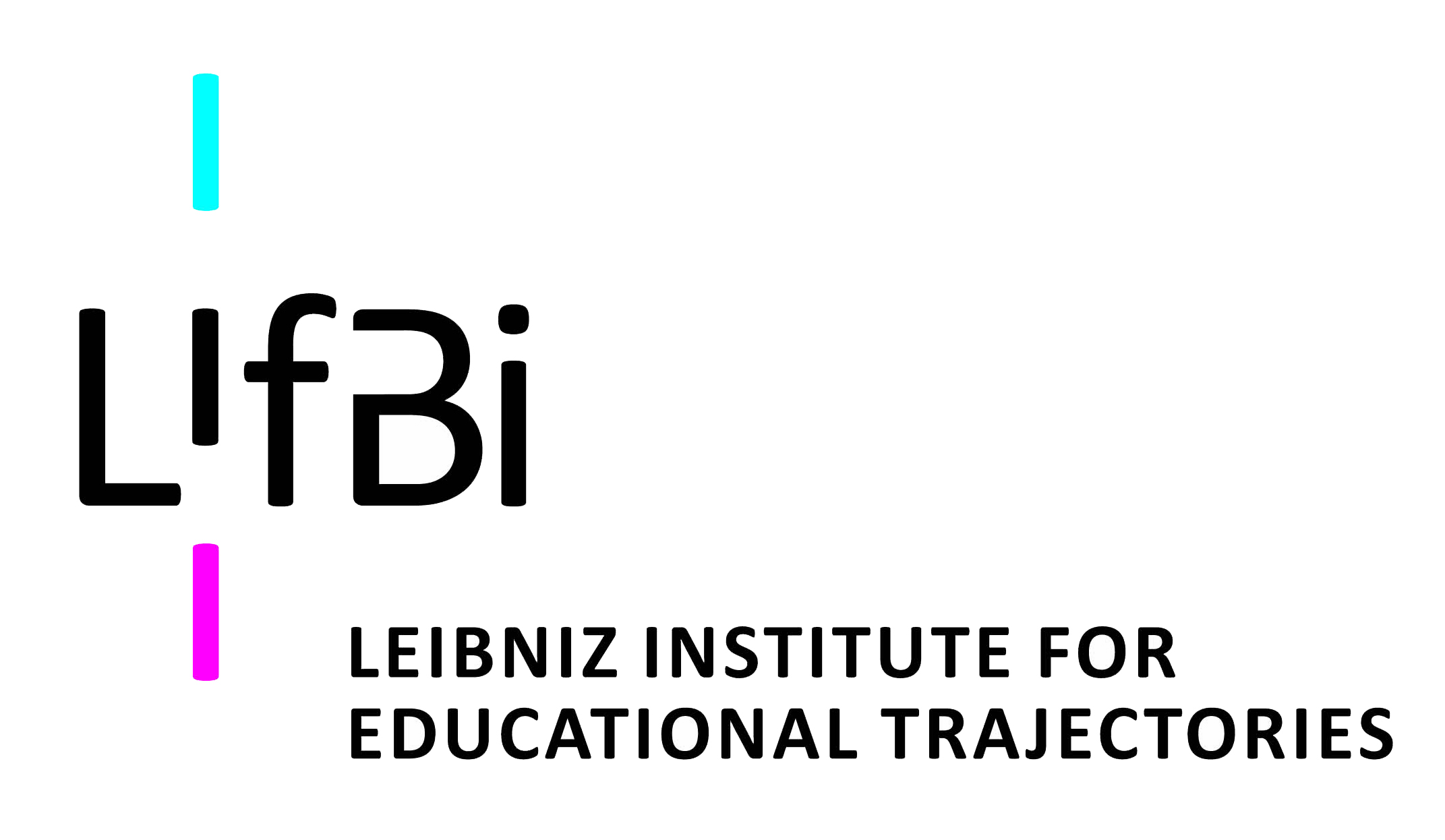News, Blogs & Events
SLLS Conference - Robert Rush
Polygenic Risk Scores (PRS) are starting to be widely used in some population studies all but too often without explanation of their derivation or any other limitation. They are commonly just taken as ‘regular’ scores like those from a standardised test of IQ or language – ie at face value. This prompted some discussion amongst the SEED group regarding their value and viability. Also as part of the interest the ALSPAC dataset, which we have used previously, contains information which could possibly be used to obtain polygenic scores which we thought may be of use in future studies.
So I looked forward to this session particularly as it included an introduction to them in the first presentation (The Polygenic Scores Approach in interdisciplinary Health and Social Research). This showed how the score was arrived at, very loosely speaking, the method presented compared gene variants between present and absent groups for a particular condition (e.g. heart disease, cancer, diabetes, arthritis) to arrive at the risk score. On the resultant PRS distribution a cut is then made on this to imply presence/absence of the health condition. The second presentation (Methodological Challenges with Polygenic scores: Disentangling Genes from Environment) highlighted a particular challenge with trying to disentangle the parental ‘genetic environment’ influence from any score. The third presentation (Using Polygenic scores to investigate the Causal Role of Common Health Conditions in Childhood and Adolescence on Educational Attainment) was an example of the use of PRS.
There followed a lively discussion around the use of PRS given the lack of diversity in the genetic information held in the current databases and the inferences that can be drawn when comparing across samples with different characteristics. Also of note is that the cut-offs on the PRS distribution seemed arbitrary and that the scores were not deterministic and a high PRS does not mean that a person would definitively be in the risk group and similarly a PRS does not mean that they would not be in that group. The session rounded off with a discussion of whether the use of PRS was ‘worth it’ if there is nothing that can be done about them in terms of interventions. It also raises ethical issues associated with who might gain from these data, with economic interests in the results (for example insurance companies) and whether such interests might run counter to broader social benefits commonly associated with social science research.
Last modified: Thu, 10 Oct 2019 09:58:41 BST





